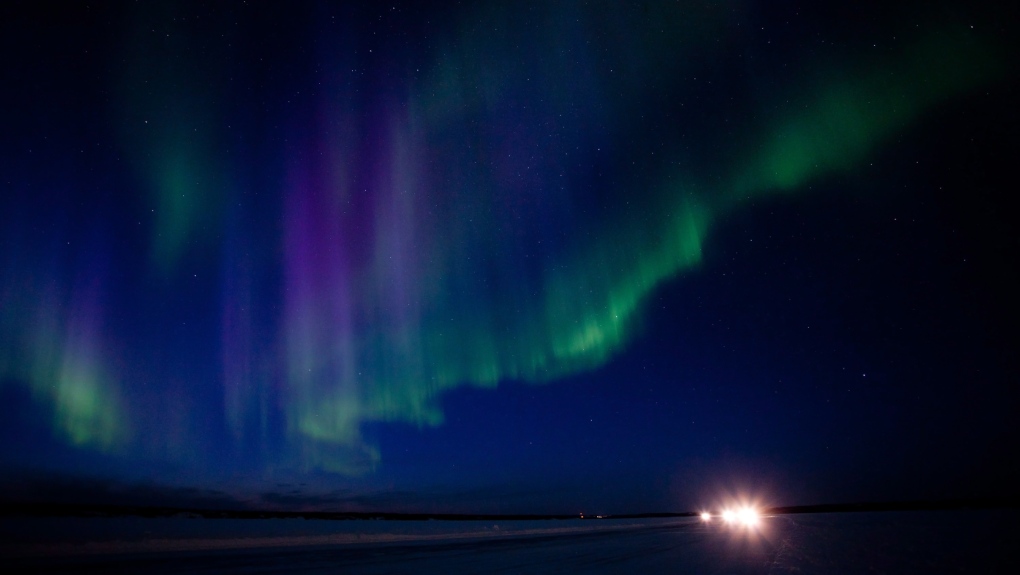Heightened activity of the northern lights, also known as the aurora borealis, is expected to create a spectacle in the sky on Friday night; one that can potentially be seen across much of Canada.
According to the Weather Network, magnetic filaments, which are clouds of solar materials, erupted from the sun overnight Tuesday, creating a coronal mass ejection, or solar storm. On Friday, the U.S. National Oceanic and Atmospheric Administration forecasted a level G1, minor geomagnetic storm, however it may increase to a level G2 moderate storm; pushing it further away from the North, giving Southern Canada a chance to catch the show.
A forecast from the University of Alaska says high activity can be seen in the Territories, Edmonton, Alta., Winnipeg. Man., Thunder Bay, Ont., and Sept-Illes, Que. While visible low activity could reach on the horizon from Halifax, N.S., and some U.S. cities like Chicago.
Some parts of Canada have already soaked in the display of lights as the Aurora Borealis made its presence known earlier this week in southern Manitoba.
Space Weather Canada is also showing some unsettled intervals of geomagnetic activity for the next 24 hours across the Auroral and Polar regions of the country.
The best way to catch the light show tonight is to seek a location free of light pollution, the Canadian Space Agency suggests. The agency also recommends checking out frequent updates from Space Weather Canada for when the aurora borealis is likely to show the most activity.
This phenomenon can occur in any section of the sky so it's key to look up everywhere, and not just in a single area, to not miss a single display of colour.




































